Field review: Nikon D600 versus D800
UNDERWATER EXPERIENCE.
The Housings:
Although the Nikon D600 is considerably smaller and lighter than D800, the two Nauticam housings are very similar in size, appearance and controls. I almost put the back of the NA-D800 onto the NA-D600 at one point! The NA-D600 is several hundred dollars cheaper than the NA-D800 and thanks to Nauticam’s constant drive to continually improve their housings, it actually adds a couple of useful features lacking from the NA-800.
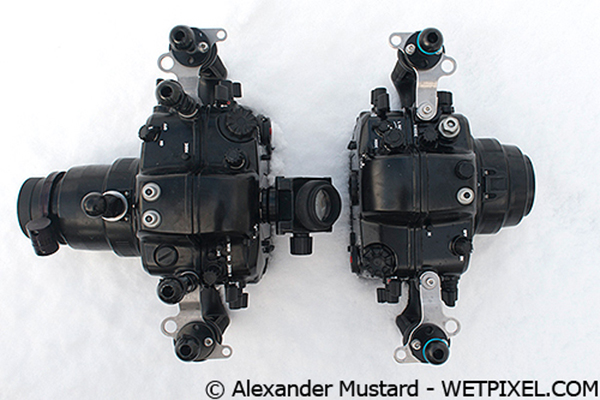
The NA-D600 has Nauticam’s excellent multi-directional control for the multi-selector pad, first introduced on the NA-D7000V housing. It has very nice control dials for aperture and shutter speed, which were easy to use, even through the 7mm of neoprene on my gloves. Also the buttons on the back are well spaced and easy to use even with cold hands.
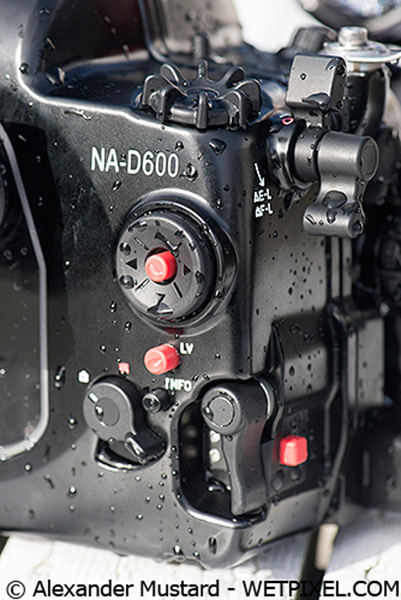
I also like that Nauticam uses different colored, sized and shaped buttons on their housing. The INFO and Liveview buttons are close together (see photo above), but they can be easily differentiated only by touch, as a result.
As on their previous housings, Nauticam has helpfully provide access to a number of important push button controls via ergonomic levers positioned to fall beneath your thumbs when you hold the handles. For example, the button for ISO on the NA-D600 is accessed through a convenient lever, positioned beneath your left thumb, as it is on the D800. Although on the D600 this button is dual function, so you have to make sure that you are not reviewing an image when you try and change it, otherwise you end up zooming out the image!
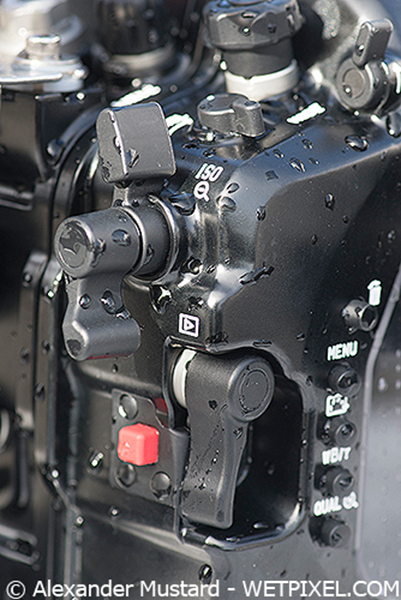
The D600 does not have a dedicated AF-ON button for back-button focus, but the AF-L/AE-L lock button can be easily customized for this function (like on the D7000). Nauticam helpfully provide access to this feature via a paddle lever for your right thumb.
As I mentioned above, the D600 uses multifunction buttons on the back (like the D7000), rather than having dedicated buttons for ISO, quality, WB. While this might sound like a disadvantage, the dual use rear buttons are actually better placed to reach from the handle of the housing, then when these buttons are on top of the camera and therefore the housing, as they are on the D800, where strobe arms etc can be in the way.
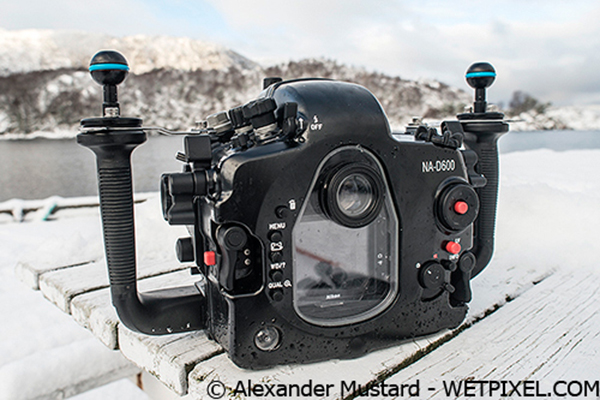
The NA-D600 performed reliably throughout the test. One small rubber end to the inside part of a push button fell off, but I was able to reattach this. I used optical flash synch, shooting in manual.
The most notable difference with the NA-D800 is that the NA-D600 includes a dual function lever on the front of the housing, below the aperture dial, which presses the Function (Fn) and Depth Of Field Preview (Pv) buttons. This is a first for a Nauticam housing.
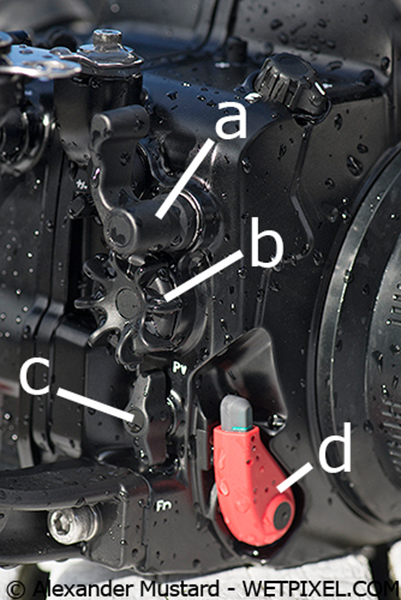
Several manufacturers (such as Aquatica, Seacam and Subal) have already introduced access to these buttons on their D800 (and D4) housings. These buttons are very useful when shooting video and recording the unprocessed signal via the HDMI port, because they allow smooth, seamless changes of aperture. It should be noted that in video mode on the D600 this powered aperture function is not available.
However, for stills shooting these controls can be customized for a variety of functions. For example, on my Subal D4, I have customized the Pv button to turn off my flashes, which is useful for shooting silhouettes on the fly. Ironically, wearing three fingered mitts on my hand meant I couldn’t access and try these buttons easily on the NA-D600 underwater in Norway! This was my fault, rather than the housing’s.
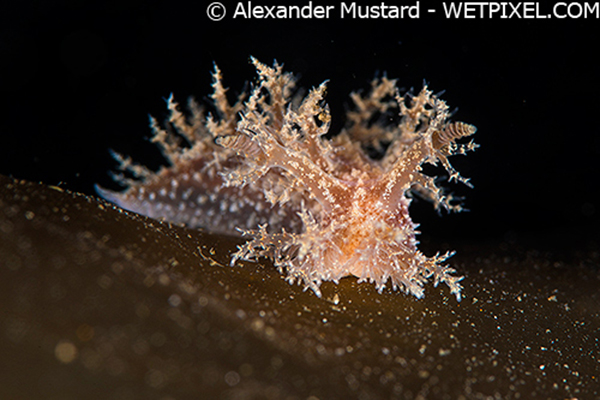
Another neat feature that is new on the NA-D600 is a small lever that depresses the lock button on the mode dial. This lever holds its position when switched, making changing modes a one handed, rather than two handed job.
In short, the NA-D600 is an evolution of the popular NA-D800 housing. Adding a few new features and selling for less money. Nauticam fans will not be disappointed.
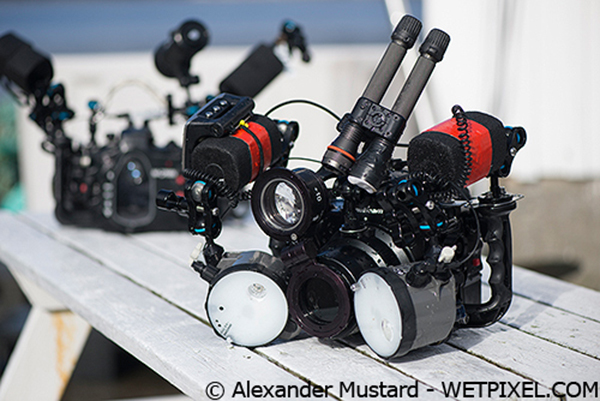
The Cameras:
My main feeling switching between the D800 and D600 was the similarity. Almost everything feels the same, when using them. Through the housing (and Nauticam’s 45 degree viewfinder), I felt both gave a very good viewfinder image and I didn’t feel there was any noticeable difference in this area between the cameras.
When the D600 was released, quite a few of us turned our noses up at the quoted 1/200th maximum synch speed. This can be increased to a much more acceptable 1/250th through the menus. I only had optical synch cables with me, so I wasn’t able to test what happens if you override the camera and try shooting at 1/320th, which the D800 is capable of. I would expect some shading at the bottom of the frame on the D600, but didn’t check it. Maybe someone with a D600 can try and post the results in the forums?
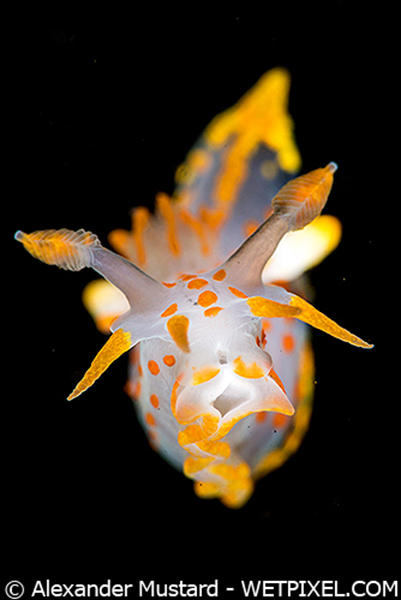
The main noticeable difference between the cameras is in autofocus performance. Both are very good, but switching between, the difference is clear. It is important to note that shooting nudibranchs at super macro magnifications in the dark waters of Norway is a stern test of autofocus. I tried to keep my use of the focus light to a minimum because it does seem to make the slugs turn away more quickly, and that means moving yourself and the risk of kicking up a sediment lying on the kelp, causing scatter in your photos.
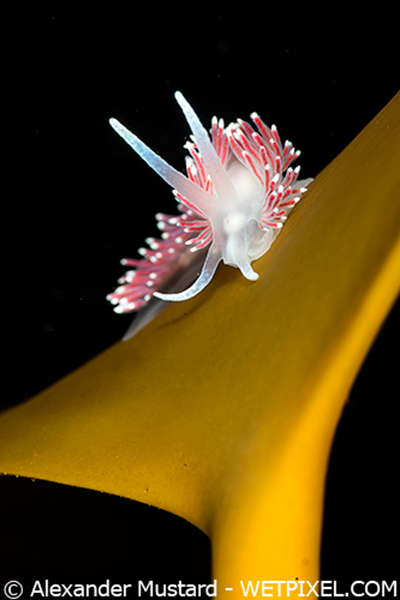
I started the trip with the D800 and once again I immediately noticed that it is not quite as good at focusing as the D4 I usually use, but it is still excellent. Switching to the D600, it was noticeably poorer than the D800 in both acquiring and holding focus in dark conditions with the low contrast and razor thin depth of field that results from super macro accessories such as the Subsee +10. With the 60mm the difference was much less obvious, and I suspect would be almost impossible to spot with wide angle lenses.
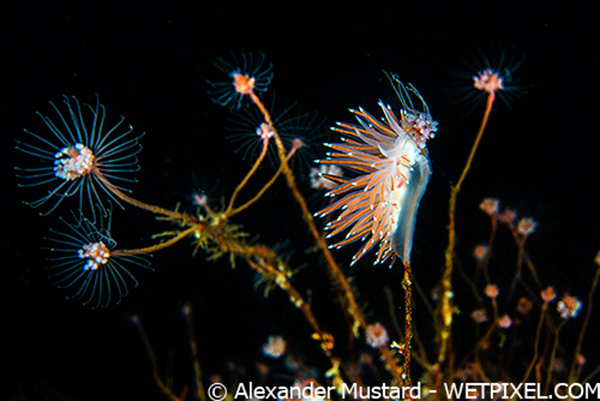
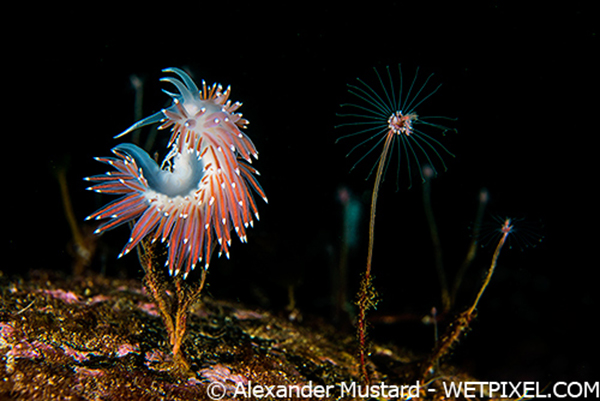
With super macro, I definitely needed the focus light more with the D600, than the D800, the D600’s AF is quoted to work only down to -1 EV (while the D800 is rated to -2 EV ambient light). However, both are designed to work with lenses as slow as f/8.
Also the D600 has poorer frame coverage with its MultiCam 4800FX autofocus sensor’s 39 points than the D800 (and much less than a DX camera, the new D7100 is particularly good in this regard).
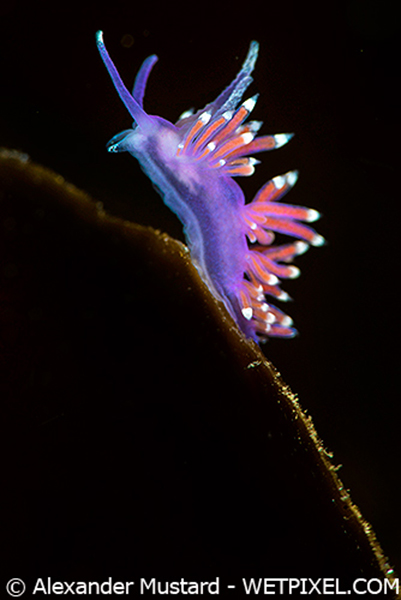
In conclusion, I say that in overall autofocus performance, the D800 is considerably closer to the D4, than the D600 is to the D800. But I’d conclude that autofocus performance is a positive feature on both.
Several people have already asked me about the camera menu settings I was using with D600. I have already commented about increasing the synch speed to 1/250th. I also switched the RAW to 14-bit, Adobe RGB and lossless compressed. I put both AF-S and AF-C autofocus modes to release priority, I hate a camera not taking a picture when I tell it, when I can see the subject is in focus, but it is not sure! I shot with flash on Manual, set to 1/128th power.
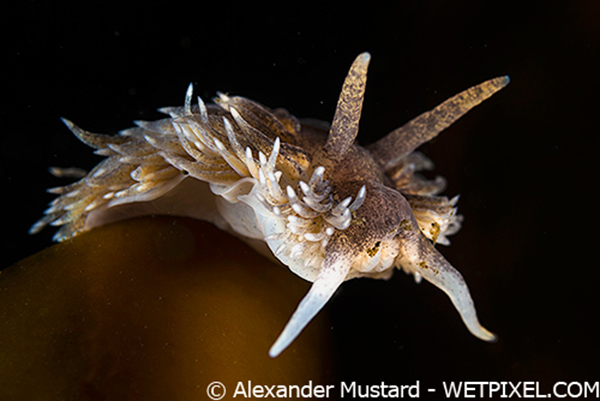
I used AF-C in 3D tracking as my main focus mode, moving the focus point to the position (usually the closest rhinophore) I wanted to pin sharp and then using the tracking and continuous focus to hold it in focus as my framing wobbled about a little working at such high magnifications. Even away from delicate coral reefs, I do my best not to settle on hard substrates (as you can see in the video, which was taken without me knowing I was being filmed), for the sake of the life living there. The video also shows how I stabilize the rig against my non-shooting hand, for extra stability when shooting super macro, which may be of interest to some.
I did use AF-ON focus at times, but this was a minority, except when using the 2x AF-S teleconverter on the 105mm VR (and Subsee). I should note that for those that prefer to shoot with AF-ON focus and then fine tuning focus with minute movements of the housings, the difference between the AF performance of the D600 and D800 is no longer relevant. I mostly activated the AF by half pressing the shutter.